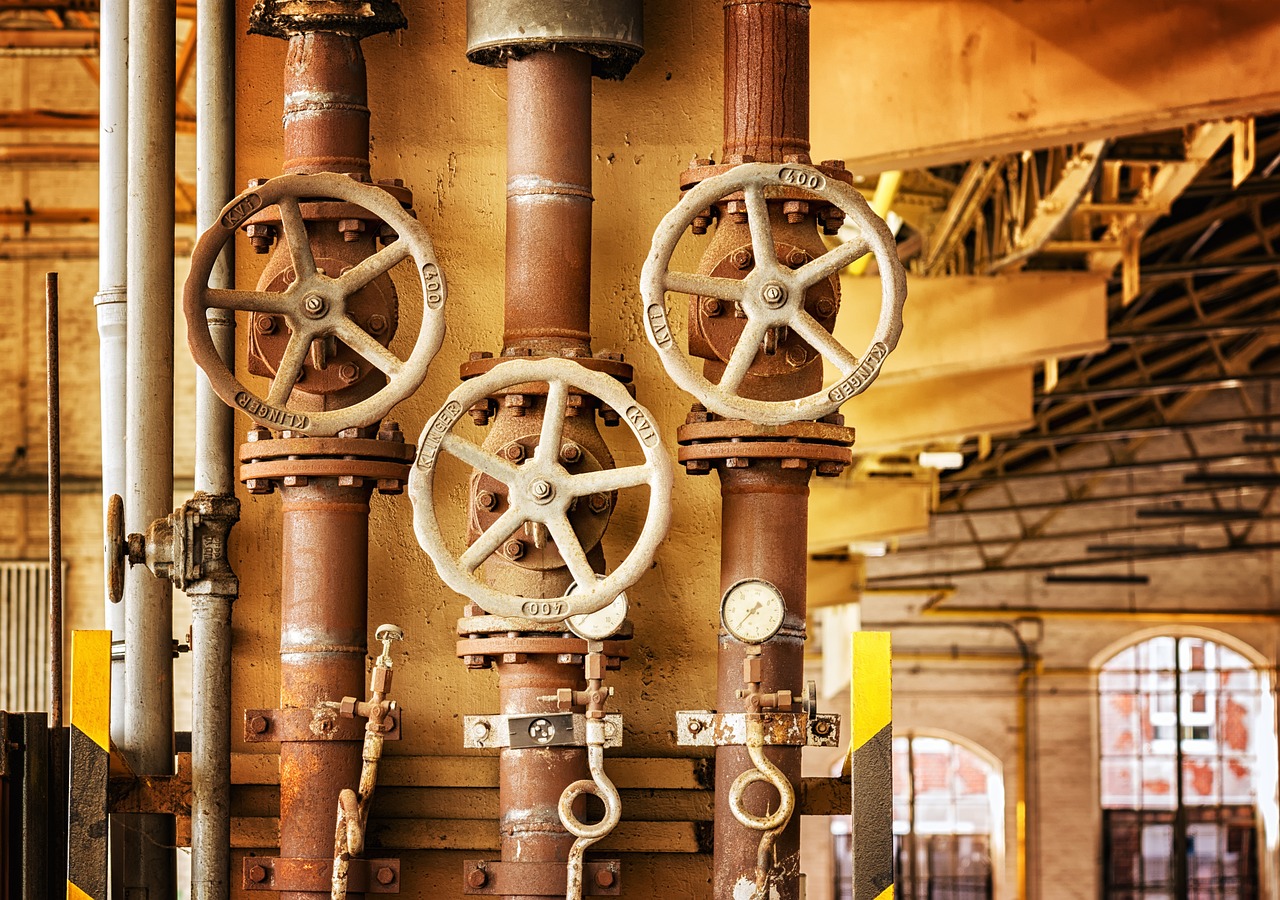Adequate water pressure is vital for our daily activities, such as showering, washing dishes, or watering plants. However, when water pressure is insufficient, it can lead to frustration and inconvenience. This issue can arise due to problems within the water supply system or blockages in the pipes. In this article, we will explore the potential causes of low water pressure and provide solutions to help boost it.
Reasons for Insufficient Water Pressure:
- Water Supply Issues: Problems with the water supply system can result in low water pressure. This could be due to a malfunctioning or undersized water pump, water main leaks, or issues with the municipal supply network. In such cases, the reduced pressure affects all faucets and fixtures throughout the building.
- Pipe Blockages: Over time, mineral deposits, rust, sediment, or debris can accumulate and cause blockages in the water pipes. These blockages restrict the flow of water, leading to reduced pressure in specific areas or fixtures.
- Valve or Faucet Malfunctions: Faulty valves or faucets can impede the water flow, resulting in decreased pressure. Malfunctioning pressure regulators or partially closed valves can limit the amount of water that reaches the fixtures, leading to inadequate pressure.
Solutions to Improve Water Pressure:
- Check the Main Water Valve: Ensure that the main water valve, usually located near the water meter, is fully open. Sometimes, the valve may be partially closed, reducing the water pressure. Turn it counterclockwise to open it fully and check if the water pressure improves.
- Remove Faucet Aerators and Clean: Faucet aerators, located at the tip of the faucet, can accumulate mineral deposits and debris, affecting water flow. Unscrew the aerators, rinse them under running water, and remove any obstructions. Soaking them in vinegar can help dissolve stubborn deposits.
- Clear Pipe Blockages: If specific fixtures or areas have low water pressure, it could indicate pipe blockages. Consult a professional plumber who can identify the blockage location and use appropriate techniques to clear the pipes, such as hydrojetting or pipe snaking.
- Install a Water Pressure Booster: If the low water pressure persists despite other efforts, consider installing a water pressure booster pump. These pumps are designed to increase water pressure throughout the plumbing system and ensure adequate flow to all fixtures.
- Regular Maintenance: To prevent future blockages, schedule regular maintenance for your plumbing system. Flushing the pipes periodically and using water softeners to reduce mineral buildup can help maintain optimal water pressure.
Insufficient water pressure can be a frustrating problem that affects our daily routines. By understanding the causes and implementing the appropriate solutions, you can boost the water pressure in your home or building. Checking the main water valve, cleaning faucet aerators, clearing pipe blockages, and installing a water pressure booster are effective steps to address low water pressure. Remember to schedule regular maintenance to prevent future issues. With improved water pressure, you can enjoy a more comfortable and efficient water supply system.
